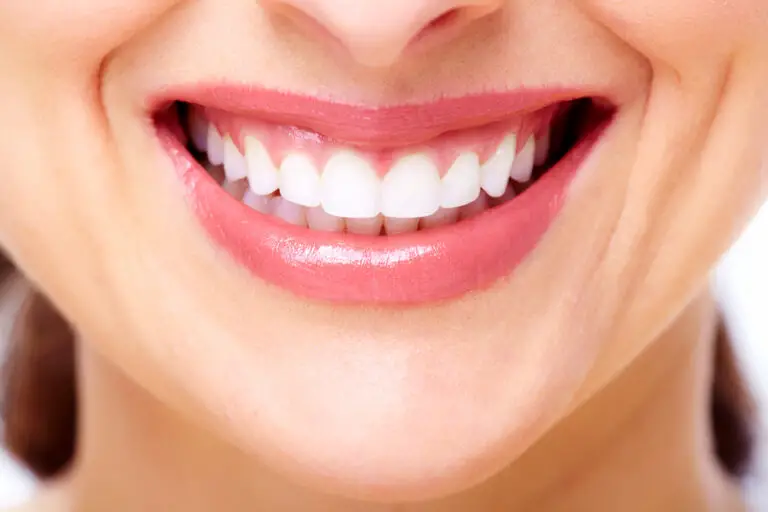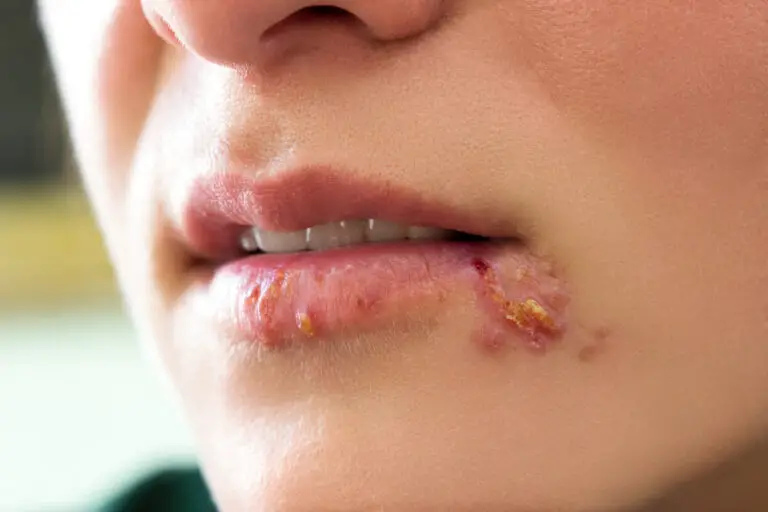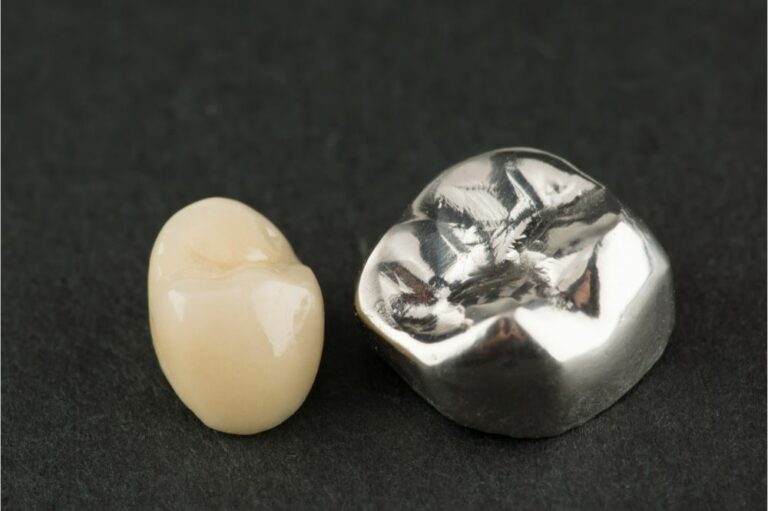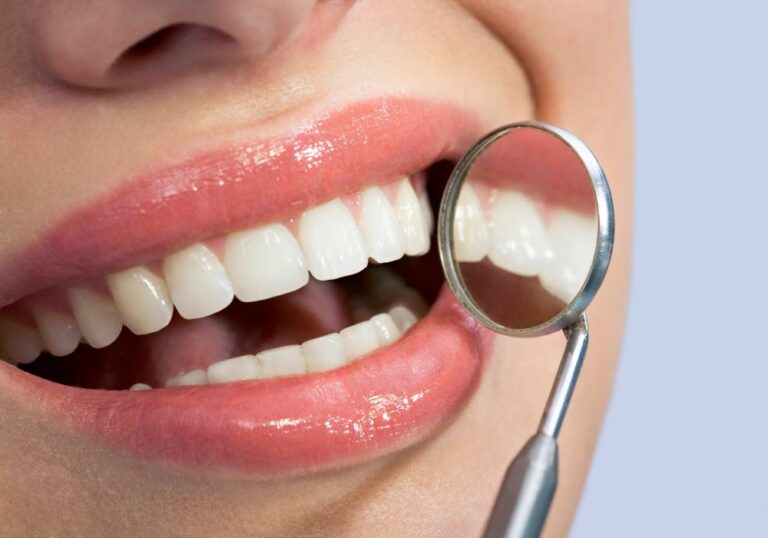What is plaque and how does it form?
Plaque is a sticky film made up of bacteria, food debris, and saliva that builds up on the teeth and along the gumline. It forms naturally in everyone’s mouth and starts to accumulate as soon as you stop brushing your teeth.
Plaque buildup occurs in the following way:
- Bacteria in the mouth feed on leftover food particles and produce acids as a waste product. These acids can damage tooth enamel over time by dissolving or demineralizing it. There are numerous types of bacteria found in oral plaque, including Streptococcus mutans, Actinomyces, and various anaerobic bacteria. Each bacterial species plays a different role in plaque formation and disease progression.
- Saliva contains minerals such as calcium and phosphate which help strengthen weakened areas of enamel. This is known as remineralization. Saliva helps buffer plaque acids and provides antibodies to fight bacteria.
- Ideally, there is a balance between demineralization from acids and remineralization from saliva. But when plaque is allowed to accumulate, the acidity increases and tips the balance towards demineralization.
- More bacteria continue to stick to the plaque matrix, further increasing acid production and damage to teeth. As the plaque thickens, oxygen diffusion into lower layers is reduced, enabling anaerobic bacteria to thrive.
Plaque accumulation stages
Plaque passes through several stages as it builds up:
Stage 1: Initial colonization
A thin biofilm of plaque starts to adhere to tooth surfaces within about 20 minutes after brushing. Gram-positive cocci bacteria are the early colonizers.
Stage 2: Maturation
Over the next 2-3 days, the plaque thickness increases from 15-20 microns up to 30-100 microns. Bacteria multiply and produce acids, enzymes, and polysaccharides that thicken the plaque.
Stage 3: Mineralization
About 4 days after brushing, calcium and phosphate salts from saliva mineralize the plaque and make it harder and tooth colored. This is called calculus or tartar. It is coated with a layer of unmineralized plaque.
Stage 4: Destructive plaque
After 7-10 days, plaque thickens to over 200 microns and holds more toxins. It can then irritate the gums and cause gingivitis. Anaerobic bacteria thrive in lower layers.
After 14 days, plaque calcifies further and forms a dense mesh of pores and channels. Enamel demineralization leading to dental decay may occur under the film.
Therefore, regular brushing and flossing is needed to disrupt plaque before it mineralizes and causes tooth and gum damage. If not removed regularly, plaque will continue thickening until it mostly consists of tartar that requires professional cleaning to remove.
What factors promote plaque buildup and gum disease?
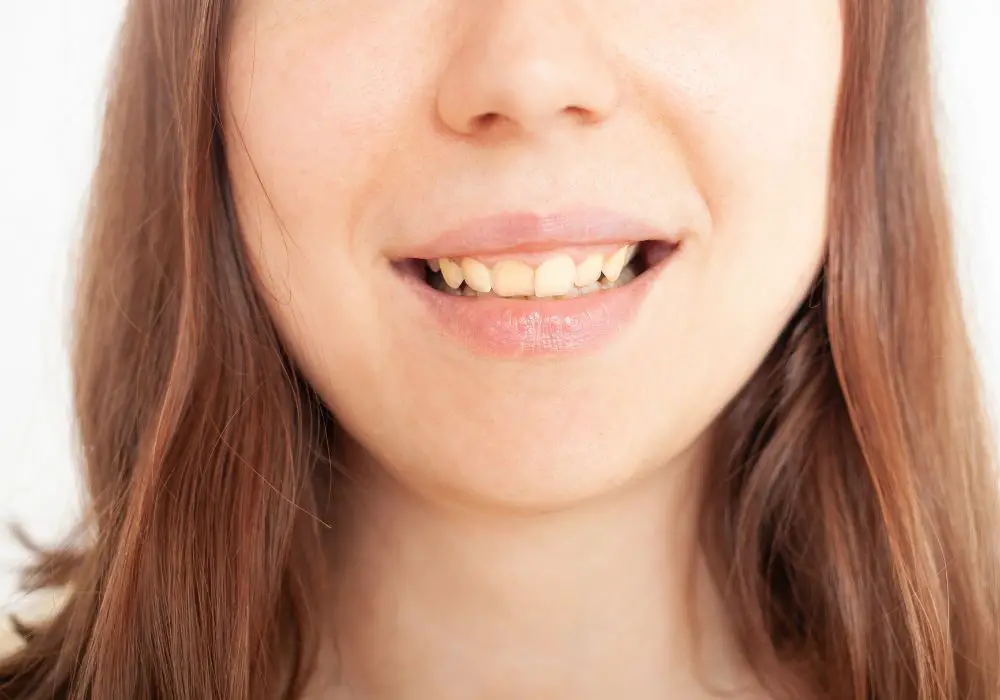
Many factors can contribute to excessive plaque formation and increase your risk of developing gingivitis or periodontitis:
- Poor oral hygiene habits like infrequent brushing/flossing allow plaque to accumulate faster. This provides more bacterial load and acid production.
- Not getting regular professional cleanings leads to tartar buildup that can only be removed by scaling. It also allows decay progression underneath.
- Improper brushing technique that misses plaque on interdental and back surfaces. Reaching all areas is key.
- Certain health conditions like diabetes are linked to higher inflammation and increased susceptibility to periodontal bacteria.
- Smoking and tobacco use modifies oral bacteria ecology to more disease-causing strains and suppresses immune function.
- Stress, hormonal changes, and hundreds of medications reduce saliva output. Saliva helps buffer plaque acids so reduced flow tips the balance towards demineralization.
- Crowded teeth provide more surface area for plaque adhesion and make brushing difficult. Likewise, dental work like fillings, crowns, and dentures provide ledges and pores for more plaque retention.
- Insufficient fluoride makes enamel more prone to acid dissolution. Fluoride helps strengthen enamel crystals.
- Diets high in fermentable carbohydrates and sugary foods promote acidogenic plaque bacteria.
Therefore, maintaining good oral hygiene, getting regular professional cleanings, not smoking, managing health conditions, and eating a balanced diet lower in sugars are all key ways to control plaque and reduce gum disease risk.
How does plaque cause tooth decay?
Plaque contributes to cavities through the following process:
1. Acids demineralize enamel
The acids (mainly lactic acid) produced by plaque bacteria diffuse into the enamel and dissolve mineral salts in a process called demineralization. Demineralization begins when pH drops below 5.5 and removes carbonate, phosphate, and calcium ions from hydroxyapatite crystals in enamel. This causes microscopic pores in the enamel surface.
2. Saliva remineralizes weakened enamel
Saliva contains calcium, phosphate, and fluoride ions that can diffuse back into demineralized enamel and reform hydroxyapatite crystals. This helps repair the pores in a process called remineralization. Saliva neutralizes plaque acids and returns pH to normal levels to allow remineralization.
3. Repeated acid attacks lead to cavities
But if plaque remains and acid attacks continue, the demineralization process outpaces remineralization. Enamel loses more minerals than it can replace. Eventually, a visible hole or cavity forms as pores grow together and reach the enamel surface. The balance shifts towards net mineral loss.
4. Cavities grow deeper over time
Left untreated, cavities burrow deeper past enamel into the softer dentin layer as demineralization continues. Bacteria and acids reach the inner pulp tissue, causing severe pain and dental abscesses requiring root canal therapy.
Therefore, plaque acids create an imbalance between enamel demineralization and remineralization over time. This is what leads to progressive tooth decay in the form of cavities.
Can plaque cause gaps between teeth?

What causes gaps between teeth?
Gaps between teeth (called diastemas) can occur due to various reasons. These include:
- Genetics: Jaw development and the positioning of tooth buds affects spacing. There may be insufficient space for the size of teeth.
- Oversized labial frenum: This piece of tissue that attaches the lip to the gum can be overdeveloped and push teeth apart if too thick. This creates excess tension.
- Missing teeth: This allows remaining teeth to drift outwards into the empty space over time. It causes the entire arch to collapse.
- Abnormal swallowing pattern: This can exert excessive pressure on anterior teeth during swallowing and gradually push them forward.
- Thumb sucking: This childhood habit can also push maxillary incisors outward.
- Tongue thrusting: An abnormal tongue resting position can exert chronic outward pressure on teeth.
How plaque may indirectly cause gaps between teeth
Although plaque does not directly push teeth apart or create spaces, it can contribute indirectly in the following ways:
- Periodontal disease: Chronic gum inflammation and tissue damage from plaque can lead to widening of existing gaps as alveolar bone around teeth is lost. This provides less bony support.
- Accelerated tooth decay: Severe tooth decay from plaque weakens the tooth crown which can then chip or fracture off. This increases spacing between adjacent teeth due to the broken tooth surface.
- Excessive tooth wear: Constant acid erosion from plaque combined with abrasion from overly vigorous brushing can thin and shorten enamel. Worn teeth appear smaller in size and lead to gaps near them.
- Treatment of plaque-related disease: Extracting hopelessly damaged teeth due to untreated decay and periodontal disease leaves empty spaces for remaining teeth to drift into over time.
Therefore, while plaque itself does not push teeth apart or create new diastemas, its downstream effects – gum disease, excessive tooth decay, acid wear, and eventual tooth loss in some cases – are linked to increased spacing between existing teeth. Proper oral hygiene and plaque control can help minimize this.
How to prevent and reduce plaque buildup?
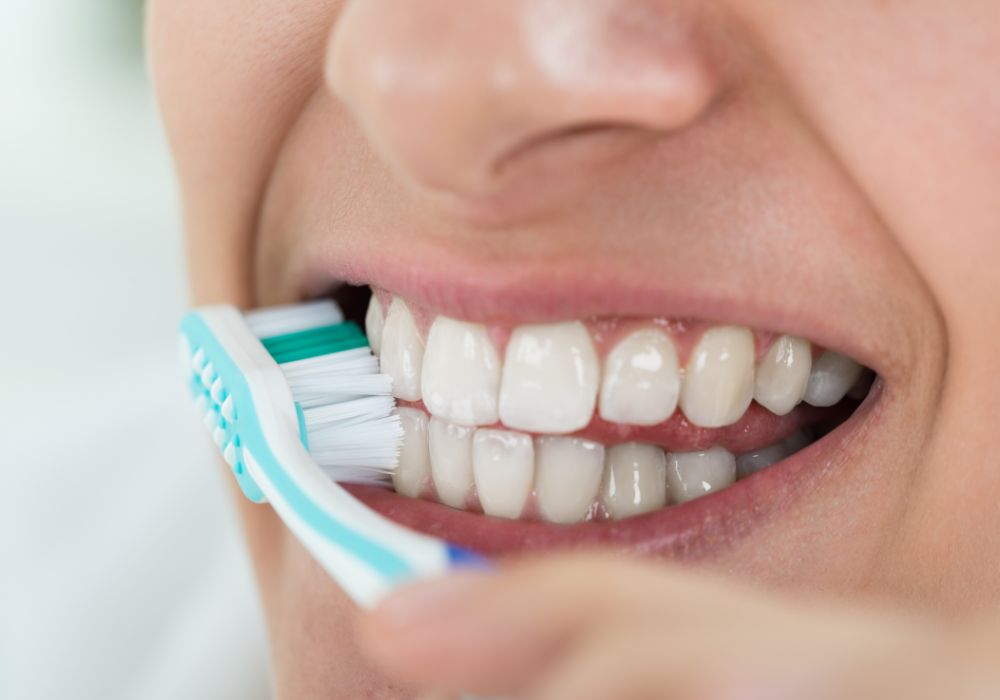
Here are some effective ways to control plaque accumulation and maintain good oral health:
Brush teeth twice daily
- Use a soft-bristled toothbrush and fluoride toothpaste. Toothpastes contain abrasives to help mechanically remove plaque as well as antibacterial ingredients.
- Brush for 2 minutes each time to reach all surfaces. Short strokes at a 45 degree angle are most effective.
- Focus on all surfaces – outer, inner, top, and chewing surfaces. Lingual surfaces near the tongue are often missed.
- Take care not to scrub too aggressively as this can damage gums and abrade enamel. Let bristles reach into grooves rather than excessive pressure.
Floss at least once daily
- Use a gentle up-and-down motion to clean between teeth and just below the gumline where plaque bacteria colonize.
- Curve the floss around the base of each tooth to hook plaque out of grooves.
Use an antibacterial mouthwash
- Look for one containing cetylpyridinium chloride that can directly kill plaque bacteria.
- Swish for 30-60 seconds after brushing to reach areas a toothbrush may have missed.
Clean tongue surface daily
- Bacteria and debris on the tongue dorsum also contribute to cavity-causing acids. Tongue cleaning reduces oral bacteria load.
- Scrape or gently brush the tongue from back to front several times to remove bacterial biofilm.
Rinse after eating
- Swish water after meals and snacks to remove food particles and transient acids before they adhere to teeth.
Chew xylitol gum
- This sugar substitute prevents bacteria from adhering to surfaces and reduces acid production.
- Look for gum with xylitol as the first ingredient for maximal effects.
Get regular dental cleanings
- Professional cleaning every 6 months removes hardened tartar that you can’t access adequately at home. It also identifies developing problems.
Avoid smoking and tobacco use
- In addition to staining teeth, smoking alters oral bacterial ecology towards more periodontal pathogens.
Eat a balanced, low-sugar diet
- Limit fermentable carbohydrates and sugary foods as these provide substrate for acid-producing bacteria to multiply.
- Focus on crunchy fruits and vegetables that help mechanically clean teeth.
By disrupting plaque formation and keeping amounts low, you can prevent tooth decay and gum disease progression. Be sure to see your dentist promptly if you notice any symptoms like sensitive teeth, bleeding gums, gaps appearing, or teeth loosening.
Conclusion
While plaque does not directly cause diastemas, it can lead to increased spacing and gaps between teeth indirectly through promoting severe tooth decay, gum disease, excessive wear, and eventual tooth loss over time if not controlled. Practicing thorough oral hygiene with proper twice-daily brushing and daily flossing along with regular professional cleanings is critical for managing plaque and protecting both dental and periodontal health. This helps maintain tight contacts between teeth and reduce risks of gaps enlarging. Be vigilant in removing plaque daily to keep your teeth and gums healthy.

